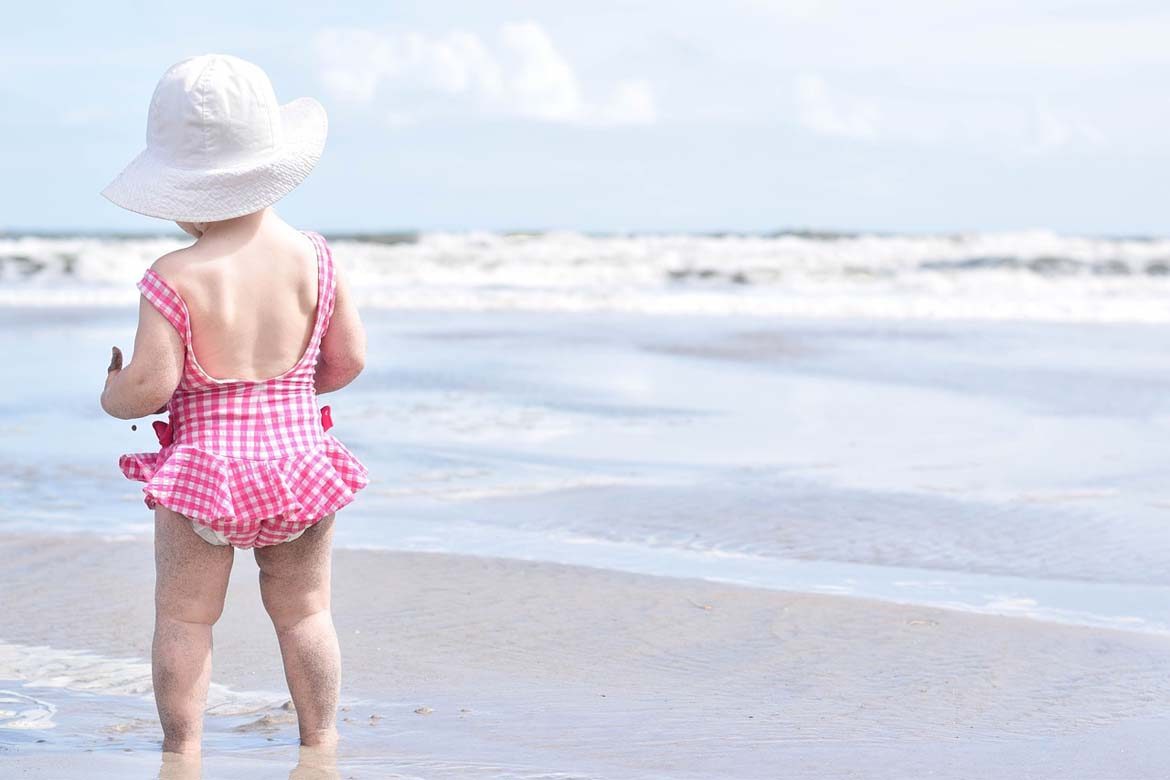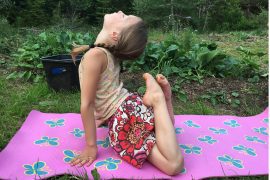By Hannah Schenker
Here in New Zealand the majority of us grow up near water, being the island nation that we are. Many Australian children too have beaches and rivers as part of their cultural identity. Learning to swim is one of the most important life skills to learn for antipodean kids, especially with many schools now lacking the financial support to maintain swimming pools, and many swim programmes having their funding scrapped. This goes beyond the physical health benefits – this is also about survival. So what can you do to help your child learn this skill?
According to Water Safety NZ, a surprising 50 percent of all children under age 10 cannot swim 25 metres. Even more surprising, a huge 25 per cent cannot even stay afloat. Swimming is not part of the school curriculum so it’s up to you to teach your child.
Grab your towels and let’s go:
For the younger kids, get them familiar with water early in fun ways – water play is something you can start at home, from birth. There is the bath in winter and the hose and sprinkler in summer, or you can venture out to the local pool, beach or river and start paddling. Encourage them to splash around, get wet and get used to having water on their face. As they get bigger you can introduce kicking, support floating, and ducking their body further underwater.
Children from ages 2-5 can begin learning water safety knowledge and gain confidence in the water. Make it enjoyable by doing things like blowing bubbles, trying out dunking their head underwater, kicking and learning swimming strokes like dog paddling. Another great idea is to use a swimming aid like a SwimFin. SwimFin has been proven to speed up learning by up to 30 per cent, and they are fun to use with their cool shark design. What is fantastic about the SwimFin is that your child is able to learn swimming strokes while wearing it, as there is no restriction to the arms or the legs. It can be used for beginners through to experienced swimmers thanks to its unique design which has been endorsed by four-time Olympic gold medal swimmer Libby Trickett in Australia and New Zealand. Remember that while your child may be gaining a lot of confidence by this stage, you should still always be within arm’s reach, and begin teaching basic safety like no running around the pool, no swimming alone, closing/locking pool gates, etc.
If you’ve got the resources and your child is over 4-years-old, take them to swimming lessons at your local public pool to learn from professionals. Remember that it’s best to go at your child’s pace, in short sessions and when your child is at their best (ie, not tired and hungry).
Before you begin, do your research by visiting websites like Water Safety to read about all the important safety information so you begin with confidence. Go and talk to your local swim instructors if you are lucky enough to have them to find out what they can offer. If you are going to teach your child yourself then forget about “lessons” in the beginning and instead think about ways you can have fun together in the water so that they learn new skills and gain confidence without even realising it, and you all have a great time!
Hannah Schenker is a freelance writer, editor and regular contributor to The Natural Parent Magazine. She lives with a touch of magic in Golden Bay, New Zealand.











